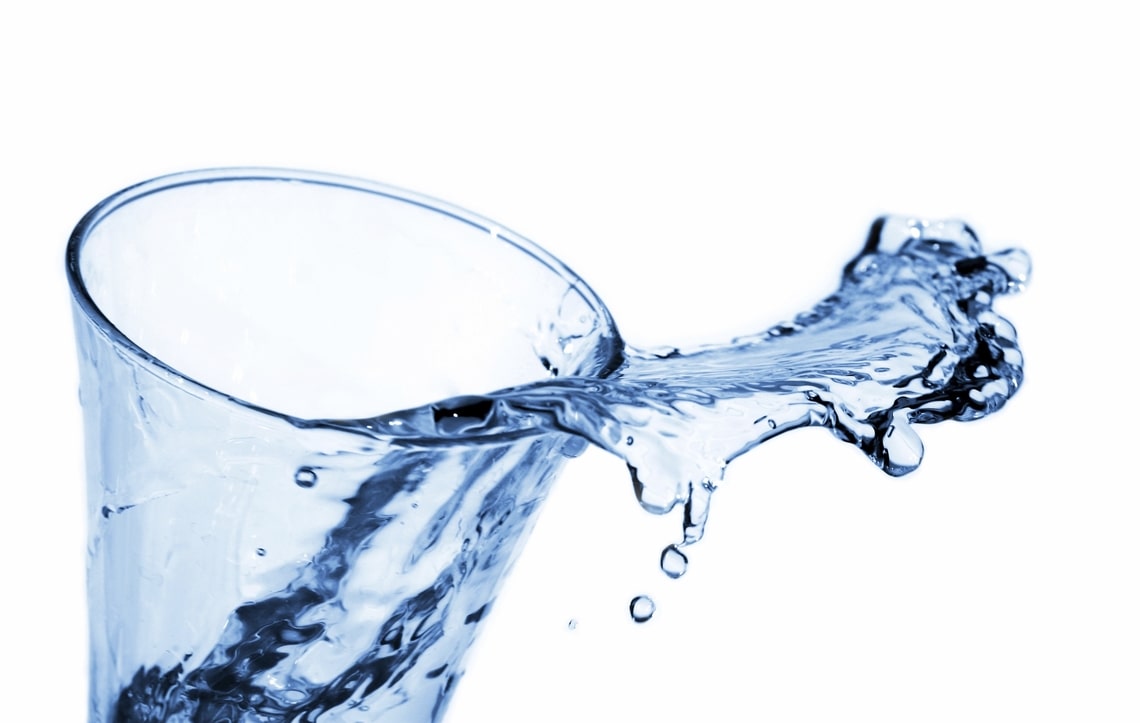Estimated number of reported drink driving accidents and casualties, by month (Great Britain, 2005/09 average, 2011 and 2012).
These Department for Transport statistics summarise the estimated number of reported drink driving accidents and casualties for three time periods: 2005/09 (average), 2011 and 2012, with a monthly breakdown from January to December and a yearly total for each period.
What is initially interesting about these figures is that after the initial 2005/09 total figures for accidents (9,080) and casualties (13,760), there is a noticeable decrease in 2011 for both accidents (6,690) and casualties (9,930), followed by very little/no change in 2012, with a decrease of just 60 for accidents (to 6,630) and no change for casualties (remaining constant at 9,930).
If there is a relationship between the number of drink drive accidents/casualties and the time of year, then this is not reflected in these official statistics. For example, the highest number of accidents (830) and casualties (1,260) were reported in May of the 2005/09 average period.
However, the figures for 2011 indicate that the highest numbers of accidents (600) occurred in three months: July, October and December, with the highest number of casualties (920) being reported in July.
In 2012, the highest number of reported accidents had fallen (to 590), with the highest number of casualties dropping also (to 900, for the months of March and October).
When considering the lowest figures, there would appear to be more consistency in the data. A pattern can be identified in that February was the month in which the lowest numbers of accidents and casualties were reported for almost every time period. The figures for accidents fell, and then rose slightly, as follows: 690 (2005/09 average), 480 (2011) and 500 (2012).
The figures for casualties for the month of February also fell, and then rose slightly, as follows: 1010 (2005/09 average), 680 (2011) and 760 (2012).
Why the figures for accidents and casualties should be lower for the month of February, in these statistics ranging from 2005 to 2012, is impossible to explain. No qualitative data is presented with this table. It would be interesting, however, to capture and analyse further data across wider time periods (ie pre-2005 and post-2012) to see if the patterns remains constant.
If you have been charged with a drink driving offence, call our expert team now for honest advice on 01623 397200.





